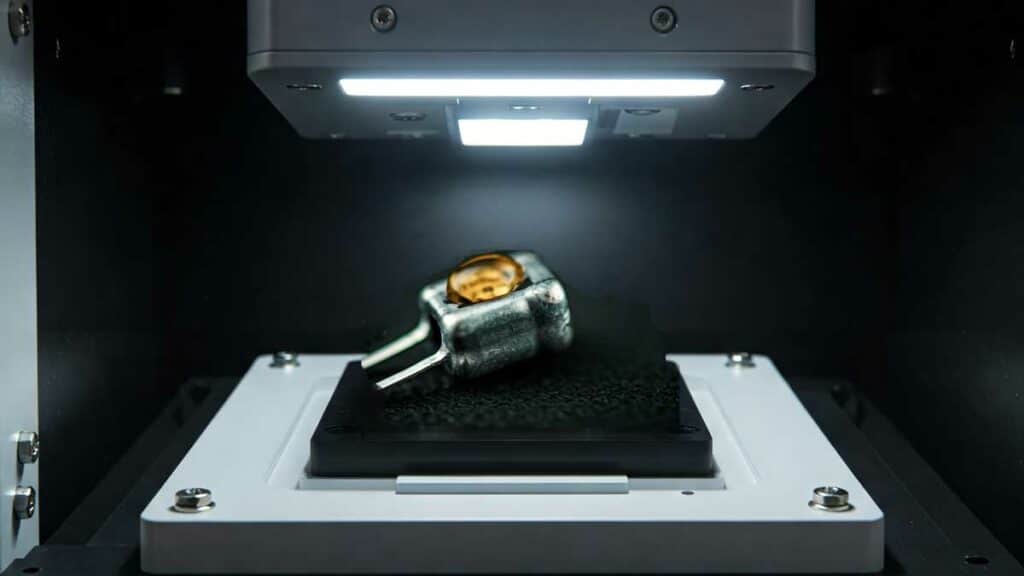This article by Dr. V. Azbel, an Independent consultant on tantalum capacitors highlights importance of tantalum capacitors anode in-process control that provides more effective control systems for tantalum capacitors. These methods lead to reduced manufacturing costs, improved yield, and increased reliability.
Introduction
In the tantalum capacitor industry, ongoing debates center on enhancing in-process control at the anode production stage to efficiently detect early failures, reduce manufacturing costs, and improve reliability. Traditionally, manufacturers have employed a multi-stage testing process for finished capacitors, assuming that a thorough final inspection is sufficient to guarantee quality. However, practical experience and economic analysis reveal that this approach may not always be effective, particularly when systemic defects manifest as early as the anode manufacturing stage. Notably, over 60% of tantalum capacitor failures can be attributed to anode-related issues, underscoring the importance of early-stage control.
This begs the question: is additional anode inspection necessary if all finished products are already undergoing testing?
Let’s explore.
The Problem: The Cost of Late Defect Detection
When systemic defects occur in anodes, the losses at the final stage increase exponentially.
Why is this?
The anode accounts for only 20–30% of the total production cost of a finished capacitor. But as soon as the anode progresses to the finished product stage, the investment multiplies several times over. A finished capacitor already includes all expenses for materials, assembly, and testing, meaning the losses at this point are several times higher.
Economic Model: The Numbers Speak for Themselves
Let’s take a look at the calculation for a batch of 100,000 units.
| Stage | Unit Cost, USD | Defect Rate (10%) | Losses, USD |
| Anode | 0.5 | 100,000 × 10% × 0.5 | 5,000 |
| Finished Capacitor | 3.0 | 100,000 × 10% × 3.0 | 30,000 |
The difference—up to 6 times—is in favor of early defect detection.
Thus, every defect missed at the anode stage leads to exponentially increased losses at scale.
Hidden Costs of Late Rejection
Beyond the direct financial losses, late-stage rejection also brings hidden costs:
- Delivery delays;
- Increase in complaints and claims;
- Loss of customer trust;
- Additional costs for root cause analysis and re-manufacturing.
In short, every missed control point at the early stage triggers a chain reaction of problems downstream.
The Case for Early Process Control
It’s important to emphasize: implementing anode inspection does not replace final testing of finished products. Instead, it complements it, providing an economically sound way to reduce the risk of mass losses before assembly costs accumulate.
To put it simply:
“This is not about perfectionism—it’s about production economics.”
Anode inspection is an investment not in redundant testing, but in process stability and financial predictability.
Methods of Early Inspection
In addition to traditional methods such as metallographic analysis, X-ray structural analysis, and electrical parameter measurement, mechanical testing should also be considered for in-process control. Its implementation helps to identify defective batches at the anode production stage, before they are incorporated into the capacitor assembly.
V. Azbel, in his research, notes that the methods he proposes for operational control in anode production contribute to reducing production costs and improving overall process stability.
Conclusion
- Anode control is not a replacement for final testing, but a complement to it.
Final testing acts as insurance for the customer.
Anode control is insurance for the manufacturer.
Their roles are not to replace each other but to work together as a system:
- Anode control stabilizes the production process and reduces the risk of mass defects.
- Final testing eliminates random, isolated defects in finished products.
- The economic efficiency of in-process control at the anode production stage is clear.
With a systematic approach to inspecting raw materials and semi-finished products, manufacturers can not only significantly reduce financial losses but also strengthen customer trust through consistent quality and reliable delivery timelines.
Anode control is not an additional expense — it is an investment in the future of production.
Acknowledgement
I would like to express my gratitude to Tom Zednicek for his valuable comments and suggestions, which contributed to the improvement of this article
Read more in-depth articles on this approach published in this blog https://passive-components.eu/tag/azbel/
